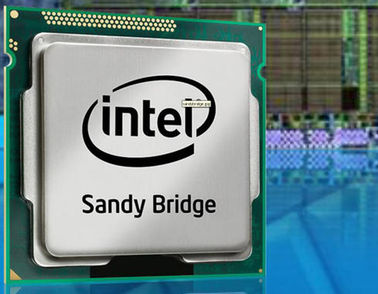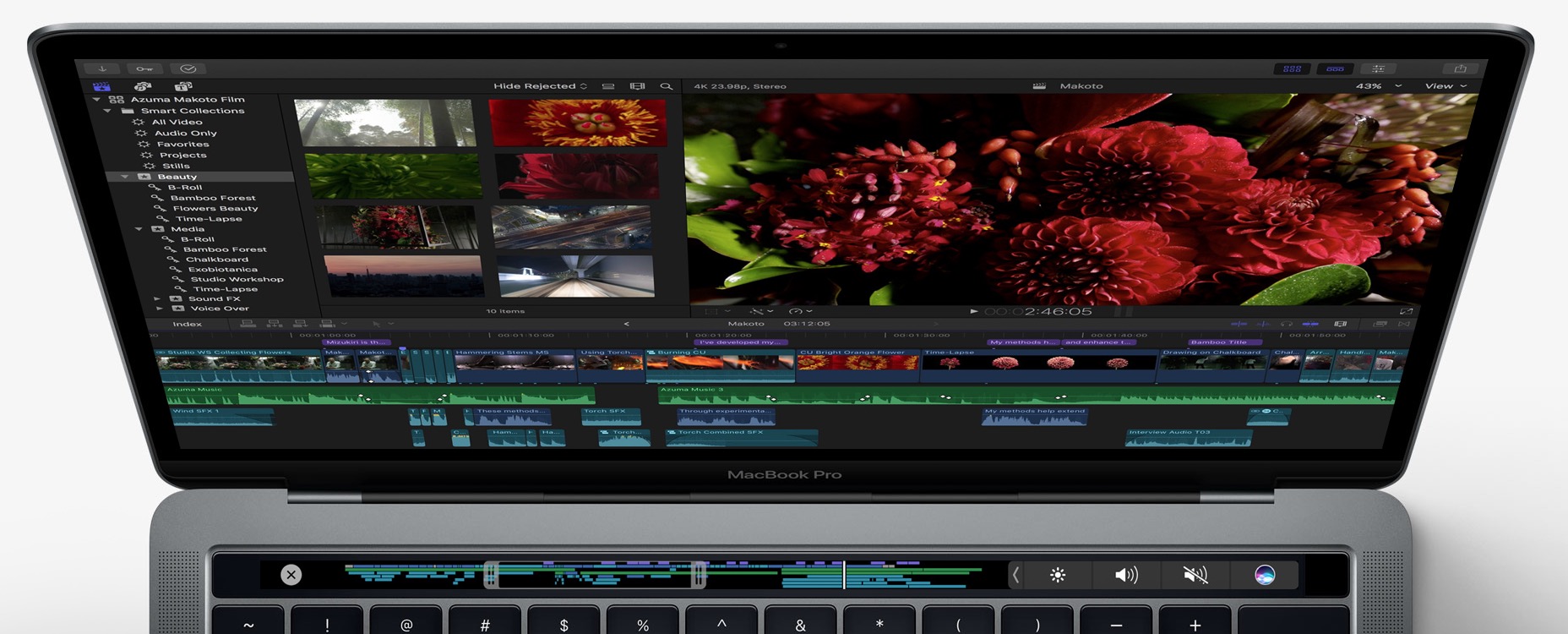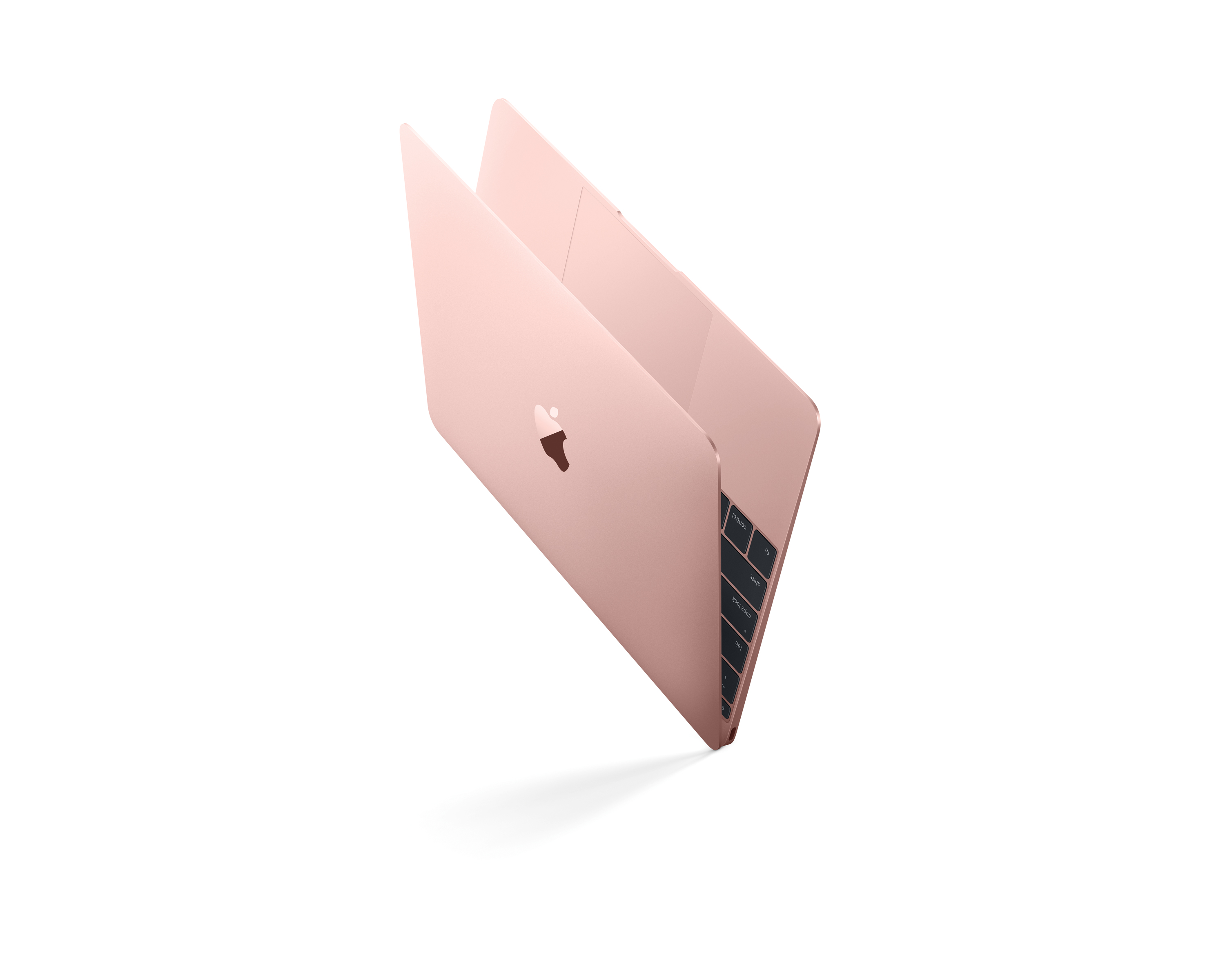For its low-end notebook systems in the past, Apple has often cited the importance of a good GPU, or graphics processor, as reason for sticking with the aging Intel Core 2 Duo platform, at a time when the first generation Intel Core i Series CPUs were available on laptops from rivals, rather than migrating to the newer first generation Intel Core i3 or i5 processors. However, with Intel beefing up not only the integrated Intel-made GPU solution on the second generation Intel Core CPU series, but also with increased CPU performance, Apple may be content enough with the baseline graphics performance to use Intel’s Core chips inside its latest MacBook refresh, due today.
 The speculated MacBook Pro refresh will see Apple adopting Intel’s second-gen Core i Series CPU, which will require the company and other systems manufacturers to also utilize Intel’s integrated GPU design as well rather than solutions from other GPU-makers like NVIDIA or ATI. However, Intel will still allow notebook-makers to use dedicated graphics chips, which consume more power but deliver increased performance, from those third-party vendors. For this reason, current Apple MacBook and the low-end 13-inch MacBook Pro series notebooks, along with the MacBook Air, use the older Intel Core 2 Duo series chips along with a stronger and more capable integrated graphics chips from NVIDIA.
The speculated MacBook Pro refresh will see Apple adopting Intel’s second-gen Core i Series CPU, which will require the company and other systems manufacturers to also utilize Intel’s integrated GPU design as well rather than solutions from other GPU-makers like NVIDIA or ATI. However, Intel will still allow notebook-makers to use dedicated graphics chips, which consume more power but deliver increased performance, from those third-party vendors. For this reason, current Apple MacBook and the low-end 13-inch MacBook Pro series notebooks, along with the MacBook Air, use the older Intel Core 2 Duo series chips along with a stronger and more capable integrated graphics chips from NVIDIA.
9to5 Mac reports that one of its readers had emailed Apple CEO Steve Jobs in the past regarding the logic behind Apple choosing an older Intel solution for the now current pre-refreshed low-end MacBook and MacBook Pro systems, to which the head of Apple responded, “Far faster graphics and 10-hour battery life trump 10-20% faster CPU.” The Intel Core 2 Duo system allowed Apple to couple Intel’s CPU with a non-Intel NVIDIA GeForce 320M GPU; higher-end systems even had options for a dedicated NVIDIA GPU in addition to the integrated GPU.
Kevin had reported on talks of the Sandy Bridge transition on Apple’s portable systems late last year, but it’s worth mentioning again potential reasons behind the Apple move now that we’re hours away from a speculated official announcement from Cupertino, California.
CNET, again, also re-iterates its position that Apple would adopt Sandy Bridge on all its MacBook Pro systems.
The main difference between integrated and dedicated graphics chips is in performance. According to Wikipedia, 90% of computers shipped today use integrated graphics. Integrated solutions work because those GPUs “utilize a portion of a computer’s system RAM rather than dedicated graphics memory.” For graphics-intensive applications, such as gaming, heavy photo and video editing, and advanced designs, integrated solutions may not be powerful enough and those specialized computer users may need to opt for dedicated graphics, but those systems will cost more and consume more power: “As a GPU is extremely memory intensive, an integrated solution may find itself competing for the already relatively slow system RAM with the CPU, as it has minimal or no dedicated video memory.”
In the past, though Apple had used Intel CPUs, the discerning Cupertino, California computer-maker did not find that Intel’s integrated GPU solution to meet its standards, so the company had relied on NVIDIA to provide the integrated GPU, which is present in all current notebook systems. Higher end systems, like the 15-inch and 17-inch MacBook Pros, will also add a secondary dedicated graphics processor. In the recent MacBook Pro, when the Mac OS X operating system detects that a taxing graphics app is requiring more power, the OS will switch the user over to the dedicated GPU unit and if lighter graphics apps are running, or if that power is no longer required, OS X will migrate the user back to the integrated GPU to conserve battery life while delivering strong performance.
 MacRumor posted about the leaked specs of the updated 13-inch MacBook Pro model slated to be introduced later today, that system is displaying an Intel Core i5 processor, a second-generation Core i5 processor known as Sandy Bridge, that will be coupled with Intel’s integrated GPU, the Intel HD 3000 graphics. Given Apple’s migration to Intel Core i Series in the second-generation for its lowest MacBook Pro notebook, it seems that the company is seeing that a significantly better CPU and improved GPU now warrants the change.
MacRumor posted about the leaked specs of the updated 13-inch MacBook Pro model slated to be introduced later today, that system is displaying an Intel Core i5 processor, a second-generation Core i5 processor known as Sandy Bridge, that will be coupled with Intel’s integrated GPU, the Intel HD 3000 graphics. Given Apple’s migration to Intel Core i Series in the second-generation for its lowest MacBook Pro notebook, it seems that the company is seeing that a significantly better CPU and improved GPU now warrants the change.
Notebook Check is reporting that the performance of the Intel integrated GPU is in fact a major improvement over the previous generation integrated GPU solution with the first-generation Intel Core i CPU. “In many older and current gaming titles it competes at a level of entry-level graphics cards like the Geforce G 310M, the GT 220M or the ATI HD5470.” However, the Intel GPU performance, by Notebook Check’s report, would trail the current integrated solution in the MacBook Pro pre-refresh–that system uses an NVIDIA GeForce 320M processor, which offers an edge in performance over the 310M NVIDIA GPU model.
However, despite the GPU trade-offs, the CPU is now significant enough that Apple is considering the Intel Sandy Bridge processors.
Given that most consumers–90%–purchase laptops with integrated GPU solutions, Notebooks.com had awarded a Best of CES 2011 to Intel for its Sandy Bridge processor earlier this year for making the graphics improvements to help users who may not be tech savvy get the full graphics and performance benefits from their systems.
Full specs for the refresh are available on Josh’s post for the refresh in Apple’s lineup.


